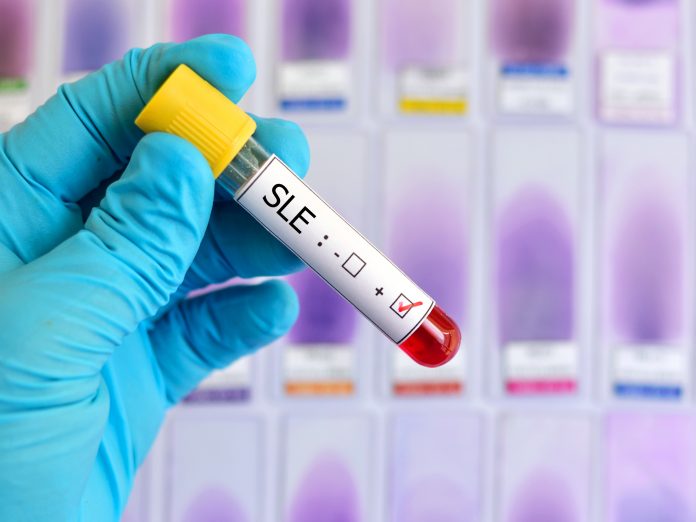
A study has found clues as to why some autoimmune diseases may be more common in women than men, with the answer residing in their extra X chromosome.
The findings suggest that the blame may specifically lie with a long non-coding RNA (lncRNA) that is normally only active in females, called X-inactive specific transcript (Xist).
Four out of every five patients with autoimmune diseases are female, the researchers note in the journal Cell.
Prior studies have suggested that the X chromosome, rather than hormones, may drive the risk of autoimmune disease.
Men with Klinefelter syndrome, who have an extra copy of the X chromosome (XXY) have male hormone patterns but an increased risk of autoimmune diseases that is like that of females.
Howard Chang, from Stanford University School of Medicine, and co-workers examined the role of Xist in the sex disparity.
For females (XX) and males (XY) to have roughly equivalent gene expression, Xist silences one of the two X chromosomes in every cell in the female body.
Chang and team examined how autoimmune diseases in females could be linked with the XIST ribonucleoprotein (RNP) complex, which comprises a lncRNA, bound RNA binding proteins, and tethered to pieces of genomic DNA and has qualities resembling nucleic acid autoantigen immune complexes.
Tests were conducted in two strains of mice, one of which was susceptible to autoimmune symptoms that mimicked lupus and had females that were more susceptible than the males. The other mouse strain was resistant to autoimmune diseases.
Xist was introduced in a form that lacked the silencing mechanism, as to do otherwise in male animals that had a sole X chromosome would have been lethal.
The investigators treated mice with pristane to induce a lupus-like condition. Male susceptible mice with the activated gene for Xist developed autoimmune disease at levels close to that in females, with damage to several organs including the kidney and lungs.
This was at far higher levels than in non-susceptible mice with activated Xist, indicating that particular genetics as well as Xist activation was necessary for autoimmune condition to develop.
Xist in males reprogrammed T and B cell populations to female-like patterns, the authors note. Susceptible males still did not seem to have the autoimmune condition as badly as females, suggesting there may be other factors at work.
The team also compared blood from healthy individuals and those with the autoimmune conditions dermatomyositis, scleroderma, and lupus.
This revealed higher levels of autoantibodies against 40 XIST-associated proteins associated with the autoimmune diseases.
“Our discovery of seropositivity toward multiple XIST-associating proteins in autoimmune patients introduces a novel antigen set with clinical potential for enhancing disease detection and monitoring, as autoantibodies are often detected prior to or early in disease onset,” the researchers report.
They add: “Profiling the XIST RNP in primary cells, both healthy and diseased, may be useful in advancing our understanding of the aberrant autoreactivity toward proteins within the complex and in identifying more potential autoantigens.”













